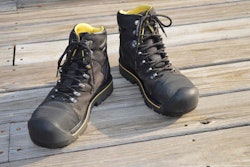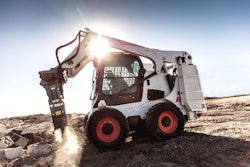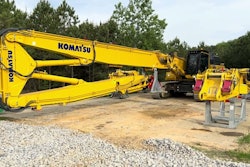Editor's Note: This story was updated on June 6, 2023, with additional best practices for transporting heavy equipment, as well as inspection tips.
Moving heavy equipment, such as excavators, skid steers or bulldozers, safely is no small task. We’ve all seen or read stories when things did not go as planned — with disastrous results. Keeping the hauled equipment in place mitigates the risk during accidents, sudden stops, and high-speed turning maneuvers.
During the International Roadcheck in 2022, a three-day national inspection blitz of commercial vehicles, improper or inadequate cargo securement accounted for nearly 11% of all vehicle out-of-service violations.
Past International Roadcheck data also routinely found cargo securement violations in the top five vehicle out-of-service violations.
Inspectors have a host of descriptions that they can attach to these common cargo securement violations, which include:
Vehicles placed out of service during the roadside inspection impede revenue and productivity flow.









